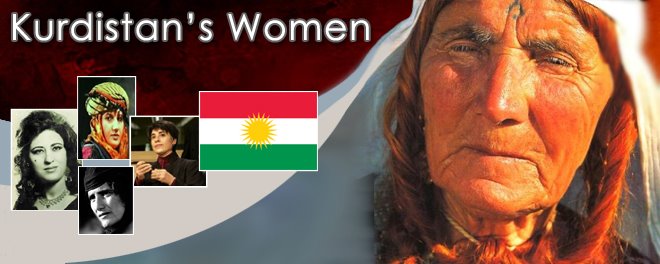Asenath Barzani
Asenath Barzani (* 1590, † 1670 ) was a Kurdish Jewish woman in Mosul (Ottoman Empire) survived. She was one of the first women who received a rabbinic title ( Tanna'it ).
The life of Asenath Barzani
Barzani was given the title Tanna'it ( teacher, master, not to be confused with the technical term Tanna, which is limited in the strict sense of the rabbinical teachers of the first three centuries AD ). Up to modernity very few women received this item. After Tanna'it Barzani died, many Jews made pilgrimages to her grave in Amediye in Iraqi Kurdistan. Asenath Barzani was the daughter of Rabbi Samuel Barzani, who headed a yeshiva throughout his life and whose authority in Kurdistan was absolute. He was a master of Kabbalah, and it is said that he taught the secrets of the Kabbalah his daughter. She admired her father and looked at him as king of Israel. He was her most important teacher, and after his death she took over many of his duties. It served not only as a rabbi, but also became the head of the Yeshiva in Mosul and was probably at the top teacher of Torah in Kurdistan. In another source said that Asenath Barzani implored the Torah scholars of Amediye in Kurdistan of the 16th century to support the yeshiva, which her husband had established in Mosul, until her young son would accept it.
The legend of the angel - throng
Barzani was a poet and expert on Jewish literature and circulate many Kurdish legends about its wonders such as the called a host of angels. After Rabbi Samuel died, he often appeared in the dreams of his daughter. He would warn them of dangers and to show her how one can prevent them and save many lives in this way. On one occasion, she encouraged and inspired by her father, the Jews Amediyes, Rosh Chodesh, despite the threat posed by enemies celebrate out in the open. As they continued with the celebrations, we heard screams and saw flames rising into the sky. The synagogue was infected, but because the community had been outside the synagogue, no one was hurt. Since Tanna'it Asenath whispered a secret name which she had learned from her father. The man then saw a host of angels, which rose on the roof of the synagogue down. The Angels beat the flames with their wings until the last spark went out. Then she rose like a white flock of doves into the sky and disappeared. When the smoke cleared, they saw another miracle: the synagogue was intact and had the fire can not harm it. No single point of Torah scrolls had been touched by the flames. And the people were the Tanna'it Asenath so grateful that they named the new synagogue after her. The synagogue is still standing today.
Status as Rabbi
Some modern researchers see Barzani's title and its role as head of the yeshiva as a rabbi at equivalent and therefore consider them as a rare example of a female rabbi in traditional Judaism.
Swell
- Asenath Barzani, " Asenath 's Petition ", First published in Hebrew by Jacob Mann, ed, in Texts and Studies in Jewish History and Literature, vol.1, Hebrew Union College Press, Cincinnati, 1931. Translation by Peter Cole.
- Mahir Ünsal Eriş: Kürt Yahudileri - Din, Dil, Tarih, Turkish, Kalan Publishing, Ankara, 2006
- Yona Sabar: The Folk Literature of the Kurdistani Jews (New Haven: Yale University Press ), 1982.
- Hasan - Rokem, G., Hess, T. and Kaufman, S., Defiant Muse: Hebrew Feminist Poems from Antiquity: A Bilingual Anthology, Publisher: Feminist Press, 1999, ISBN 1-55861-223-8. ( see page 65, 16th century / Kurdistan and Asenath 's Petition )
- Berkovic, S., Straight Talk: My Dilemma as to Orthodox Jewish Woman, Ktav Publishing House, 1999, ISBN 0-88125-661-7.
- Hadassah Magazine, Nov. 2003
- Grossman, Avraham. Pious and Rebellious: Jewish Women in Medieval Europe. Brandeis University Press, 2004, p. 163
- Judaism in Encyclopaedia Kurdistanica
- Schwartz, Howard. The Day the Rabbi Disappeared. Jewish Holiday Tales of Magic. Illustrated by Monique Passicot.









